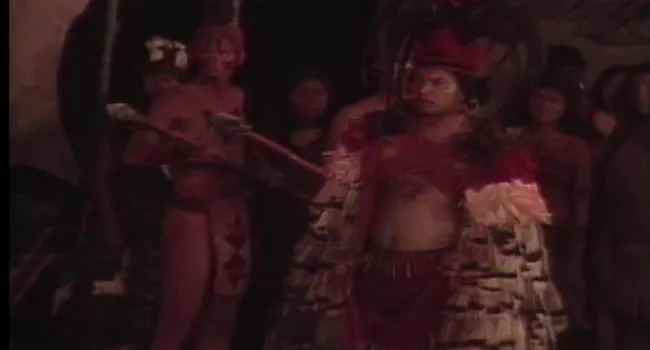Kaltura
Loading
This show explains the importance of the election of 1876 and as a result how SC at one time had 2 governors from different political parties, who tried to rule the state at the same time. Reconstruction is told from two different viewpoints, a former slave, who is a democrat, and a plantation owner (now a red shirt), who is a Republican. Together they explain the role that the Red Shirts played in ending reconstruction in South Carolina.
Standards
- 4.5.CO Compare the roles of various groups on Reconstruction.
- 4.5.CX Contextualize the economic, labor, political, and social conditions in South Carolina during the period of Reconstruction.
- 4.5.P Summarize Reconstruction as a turning point in American history.
- 4.5.E Analyze multiple perspectives of the economic, political, and social effects of Reconstruction on different populations in the South and in other regions of the U.S.
- 8.3.P Analyze the Civil War Amendments (i.e., 13th, 14th, and 15th) as a turning point in the economic, political, and social structures of South Carolina.
- This indicator was developed to encourage inquiry into the changes that served as a catalyst for Reconstruction. The indicator was also designed to promote inquiry into how these actions affected the economic, political, and social conditions in the South.
- 8.4.CC Analyze continuities and change in the African American experience in the period of Reconstruction and Jim Crow eras within South Carolina.
- This indicator was developed to encourage inquiry into the successes and failures of Reconstruction, beginning with the Port Royal Experiment, in South Carolina. This indicator was written to explore development of the Constitutions of 1868 and 1895 and to analyze the evolution of restrictions for African Americans from the Black Codes in 1866 through the Plessy decision in 1898.
- 8.4.CX Evaluate South Carolinians’ struggle to create an understanding of their post-Civil War position within the state, the country, and the world.
- This indicator was developed to encourage inquiry into how the former planter class, African Americans, women, and others adjusted to, gained, lost, and/or regained position and status during Reconstruction. This indicator was also written to foster inquiry into how South Carolina worked with a stronger federal government and expanding international markets.
Resources
You need to be logged in to listen to view this content. Create an account now; it's quick, easy, and free!
Log In to View













